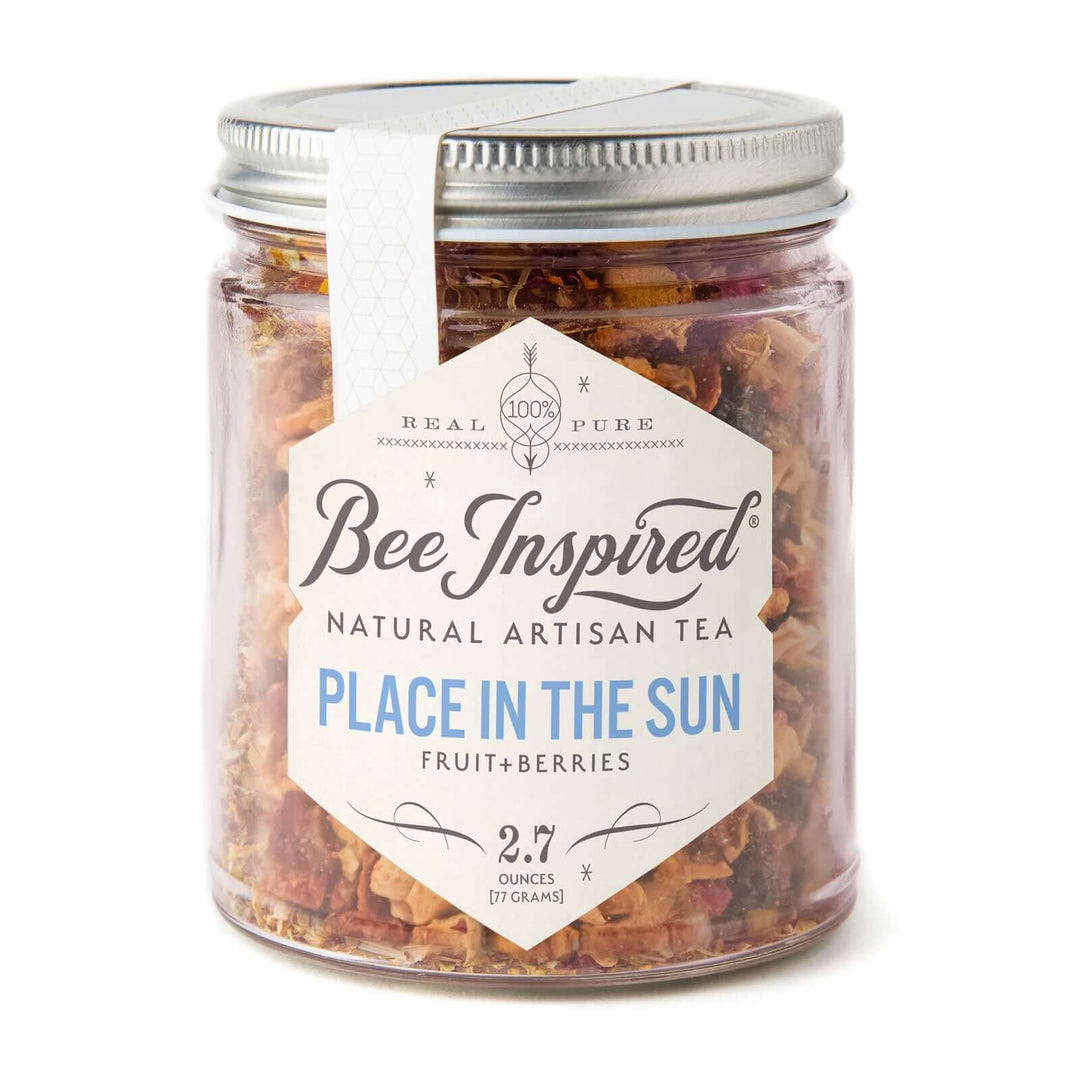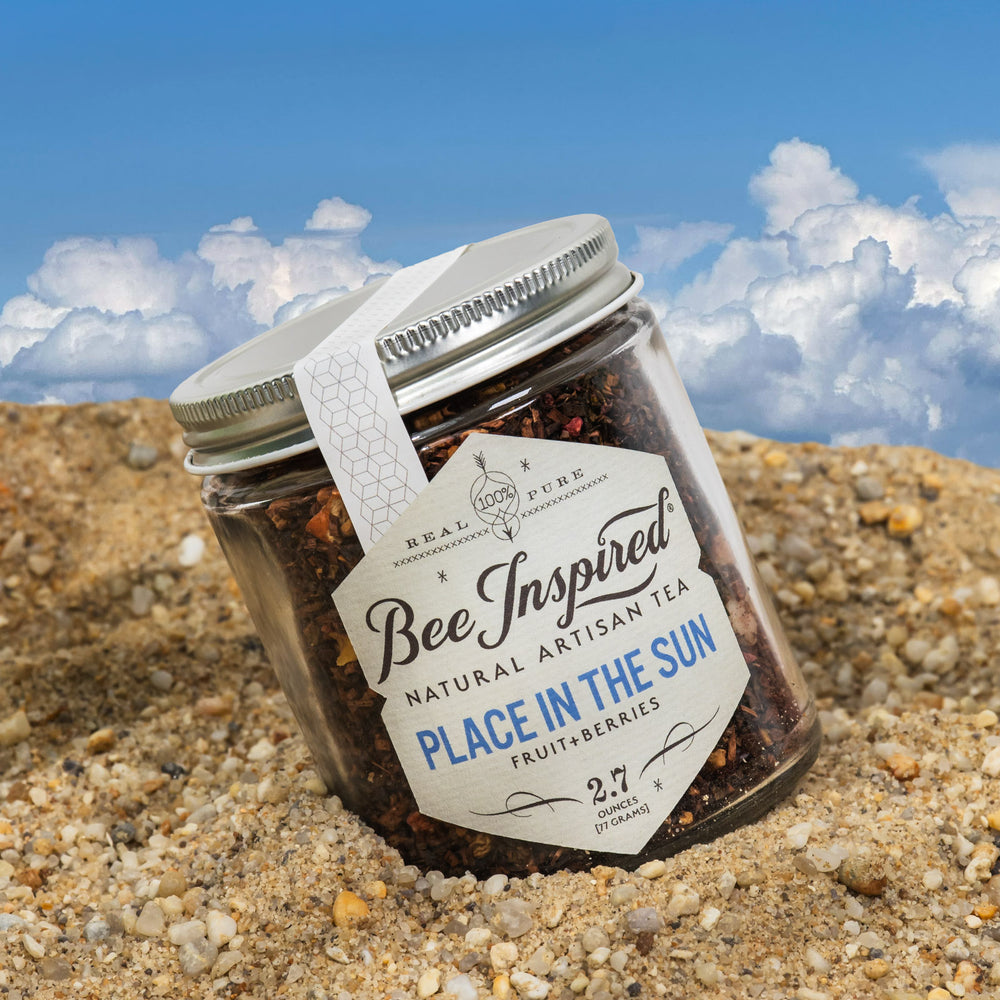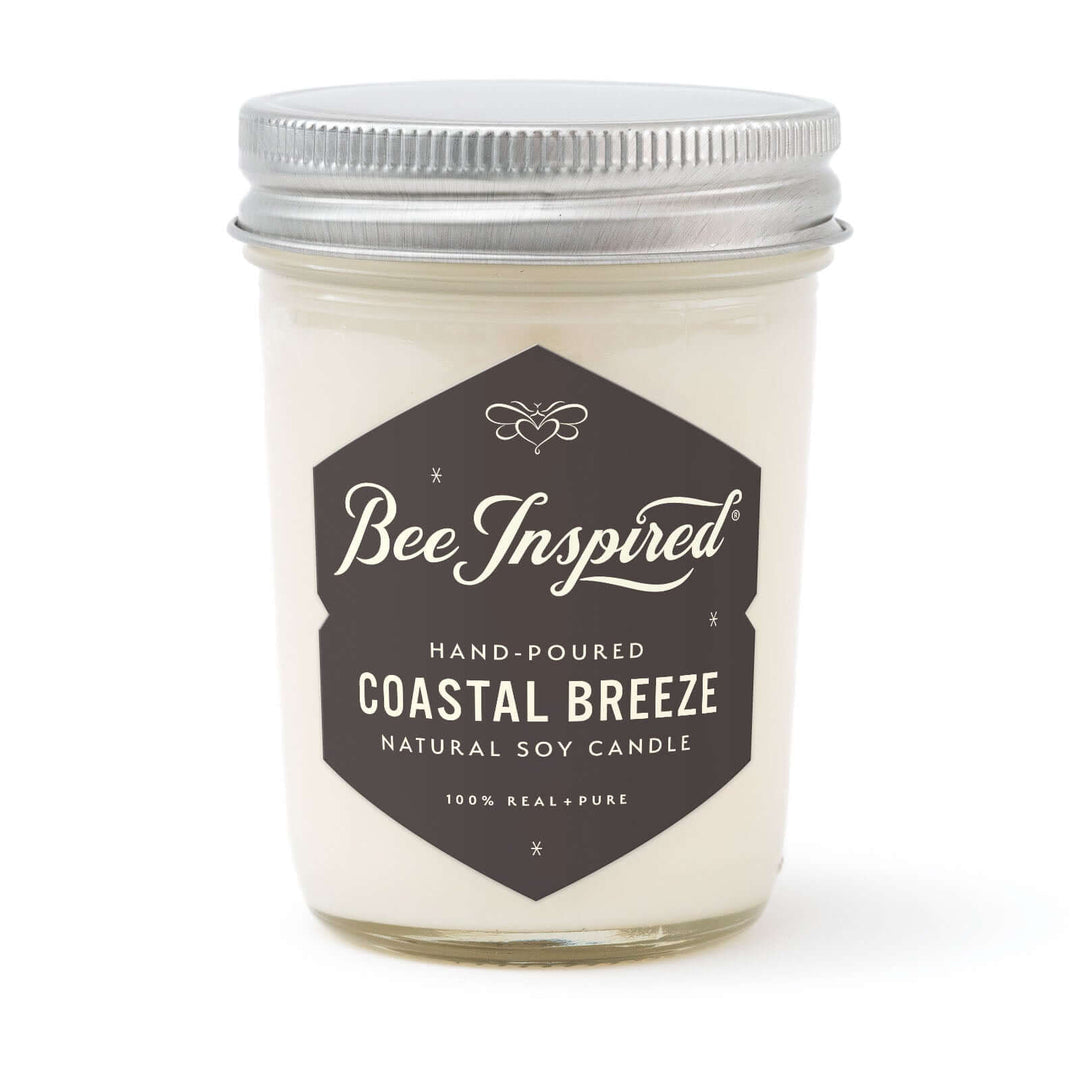Celebrating Rosh Hashanah at home creates meaningful moments through time-honored traditions that bring families together. This comprehensive guide explores how to observe the Jewish New Year in your own space, from lighting candles and enjoying symbolic foods to creating a festive atmosphere that honors tradition while making lasting memories.

Our Sweet New Year Honey Gift Set is the perfect way to wish your family a happy new year
When you choose to celebrate at home, you're joining countless Jewish families who have discovered the intimate beauty of marking the new year in their own space. Home celebrations allow you to move at your own pace, incorporate personal family traditions, and create an atmosphere where every family member can participate meaningfully.
The Heart of Home Celebration: Creating Sacred Space
Rosh Hashanah, marking the Jewish New Year on the first day of Tishrei, transforms homes into sanctuaries of reflection and joy. Unlike synagogue services, home celebrations allow families to move at their own pace, incorporating personal traditions alongside ancient customs. Understanding the deeper significance of honey in Jewish tradition adds meaning to every sweet moment of your celebration.
The beauty of celebrating at home lies in the intimate atmosphere where every family member participates in creating something special. From the youngest child helping arrange the table to grandparents sharing stories of celebrations past, home observance strengthens family bonds while honoring Jewish heritage.
Setting Your Festive Table for Rosh Hashanah
Creating a beautiful table setting establishes the tone for your celebration. Traditional elements include:
Essential Table Elements:
- Round challah bread symbolizing the cycle of life
- Fresh apples for dipping in honey
- Pure, raw honey from trusted sources
- Pomegranates representing abundance
- Holiday candles for the blessing
Decorative Touches:
- Warm autumn colors reflecting the season
- Fresh flowers in honey-colored vases
- Small honey jars as place settings
- Seasonal fruits arranged as centerpieces

Traditional Foods and Their Symbolic Meanings
Food serves as the centerpiece of Rosh Hashanah home celebrations, with each dish carrying deep symbolic meaning. Learning about the rich symbolism behind Rosh Hashanah foods helps families create more meaningful experiences and understand the deeper traditions they're honoring.
Apples and Honey: The Classic Combination
The most recognizable Rosh Hashanah tradition involves dipping fresh apple slices into honey while reciting a special blessing. This beloved custom represents our hopes for a sweet and fruitful year ahead, and the tradition of apples and honey has deep historical roots that connect us to generations of Jewish families.
The Blessing for Apples and Honey: "May it be Your will to renew for us a good and sweet year."
Choose crisp apple varieties like Honeycrisp, Gala, or Fuji that pair beautifully with Wildflower Honey. The contrast between the apple's tartness and honey's sweetness creates a perfect balance that children especially enjoy.
Round Challah: Symbol of Continuity
Unlike the braided challah used for Shabbat, Rosh Hashanah calls for round challah representing the cyclical nature of the year. Many families bake their challah with a touch of honey, reinforcing the sweetness theme.
Instead of dipping challah in salt as done on Shabbat, Rosh Hashanah challah gets dipped in honey, creating another moment of sweetness and blessing.
Other Meaningful Foods
Pomegranates symbolize the hope that our good deeds will be as numerous as the fruit's seeds. Traditional Jewish texts suggest pomegranates contain 613 seeds, corresponding to the 613 commandments in the Torah.
New fruits eaten on the second night represent fresh beginnings and new opportunities in the coming year.

Lighting Candles: Welcoming the Holiday
The ritual of lighting candles marks the official beginning of Rosh Hashanah in the home. This ceremony creates a sense of sanctity and signals the transition from ordinary time to sacred time.
The Candle Lighting Ceremony
Women traditionally light the holiday candles, though in homes without women present, men perform this mitzvah. The ceremony includes specific blessings that acknowledge the holiness of the day.
Timing considerations:
- First night: Light candles before sunset
- Second night: Light after nightfall using an existing flame
- When Rosh Hashanah falls on Shabbat, include both holiday and Shabbat blessings
The warm glow of handcrafted soy candles creates ambiance while fulfilling this important tradition. Quality candles burn evenly and provide the steady light needed throughout the evening.

Hearing the Shofar at Home
While traditionally blown in synagogue, families can incorporate shofar sounds into their home celebration in meaningful ways.
Alternatives for Home Observance
If attending synagogue isn't possible, several options exist:
- Arrange for a shofar blower to visit your home
- Participate in outdoor community gatherings
- Listen to recordings while following along with prayers
- Create a moment of silence for reflection on the shofar's meaning
The shofar's call awakens the soul and encourages self-reflection, making it a powerful element even in home settings.
Creating Meaningful Family Traditions
Home celebrations offer unique opportunities to develop family-specific traditions that complement universal customs.
Personal Prayer and Reflection
Set aside time for personal prayers and contemplation. This might include:
- Reading from holiday prayer books together
- Sharing personal hopes for the new year
- Discussing lessons learned from the past year
- Expressing gratitude for family blessings
Acts of Kindness (Gemilut Chasadim)
Incorporate acts of kindness into your celebration:
- Prepare extra food for neighbors
- Visit elderly community members
- Make charitable donations as a family
- Write thank-you notes to important people in your lives

The Tashlich Ceremony: Casting Away the Old
This symbolic ritual involves casting away the previous year's mistakes and regrets, making space for growth and renewal.
Performing Tashlich at Home
If access to natural water isn't available, adapt the ceremony:
- Use running water from a garden hose or faucet
- Stand by an open window or on a balcony
- Cast environmentally-friendly alternatives like birdseed
- Focus on the symbolic meaning rather than the specific location
The ceremony includes special readings and personal reflection time, making it a powerful conclusion to your home celebration.
Sweet Recipes for Your Celebration
Traditional Honey Cake
This beloved Rosh Hashanah dessert combines honey, apples, and warm spices:
Key ingredients:
- Pure Eastern Shore honey
- Fresh apples, diced
- Warm spices like cinnamon and nutmeg
- Quality vegetable oil for moisture
The round shape of honey cake symbolizes the hope for continuous blessings throughout the year. Many families also enjoy preparing additional sweet treats like apple pies and honey cookies that have become cherished parts of their holiday traditions.

Honey-Glazed Vegetables
Create colorful side dishes using seasonal vegetables glazed with honey:
- Roasted carrots with honey and herbs
- Honey-glazed acorn squash
- Sweet potato dishes featuring local honey
For a complete meal plan, consider our suggestions for planning your Rosh Hashanah dinner with traditional and modern dishes that honor the holiday's spirit.
Extending Greetings and Blessings
Home celebrations provide intimate settings for sharing traditional greetings and personal blessings.
Traditional Greetings
- "Shanah Tovah" - Good year
- "L'shanah tovah u'metukah" - For a good and sweet year
- "Chag Sameach" - Happy holiday
Creating Family Blessing Moments
Encourage family members to offer personal blessings to each other, expressing hopes and good wishes for the coming year.
Ensuring Quality and Authenticity
The ingredients you choose for your celebration matter. Many store-bought honey products contain corn syrup or other additives that diminish both flavor and authenticity.
Choosing Pure Honey
Look for:
- Raw, unprocessed honey from local beekeepers
- Kosher-certified options for traditional observance
- Varietal honeys that offer unique flavors
- Minimal processing that preserves natural qualities
Quality honey enhances every aspect of your celebration, from the initial apple-dipping ceremony to dessert preparation.

Gift-Giving and Hospitality
Rosh Hashanah home celebrations often include exchanging meaningful gifts and welcoming guests.
Thoughtful Honey Gifts
Consider preparing:
- Small honey jars as guest favors
- Honey gift sets for extended family
- Homemade honey cakes for neighbors
- Honey lollipops for children
Welcoming Guests
Create an atmosphere of warmth and inclusion:
- Set extra places for unexpected visitors
- Prepare additional food for sharing
- Include guests in traditional ceremonies
- Share the meanings behind your customs
Making Memories That Last
Home celebrations create lasting memories through:
- Sensory experiences: The taste of honey, the glow of candles, the sound of blessings
- Storytelling: Sharing family history and Jewish traditions
- Photography: Capturing special moments and beautiful table settings
- Recipe sharing: Passing down family recipes and creating new ones

The Sweetness of Home
Celebrating Rosh Hashanah at home offers families the opportunity to create deeply personal and meaningful experiences while honoring ancient traditions. From the first blessing over candles to the final taste of honey cake, every moment contributes to a celebration that nourishes both body and soul.
The key to successful home celebration lies in balancing tradition with personal touches, using quality ingredients like pure, raw honey, and focusing on the connections between family members. As you light your candles, dip your apples in honey, and share blessings around your table, you're participating in traditions that have sustained Jewish families for generations while creating new memories for future ones.
Shanah Tovah - May your home celebration bring sweetness, joy, and meaningful connection as you welcome the new year together.
Frequently Asked Questions
What essential items do I need for Rosh Hashanah at home?
You'll need candles for lighting, apples and honey for the traditional blessing, round challah bread, and pomegranates. Quality honey and holiday candles enhance the celebration's authenticity and beauty.
Can we hear the shofar if we celebrate at home?
While traditionally heard in synagogue, you can arrange for a shofar blower to visit your home, participate in outdoor community events, or even listen to recordings while focusing on the spiritual meaning.
How do we perform Tashlich without access to natural water?
Use running water from a garden hose, stand by an open window, or focus on the symbolic meaning of casting away past mistakes. The intention matters more than the specific location.
What makes honey suitable for Rosh Hashanah?
Pure, raw honey without additives provides authentic flavor and supports the tradition's spiritual significance. Many families prefer kosher-certified options for traditional observance.
How can we include children in the celebration?
Children love dipping apples in honey, helping arrange the table, lighting candles (with supervision), and receiving honey treats as rewards for participation.












